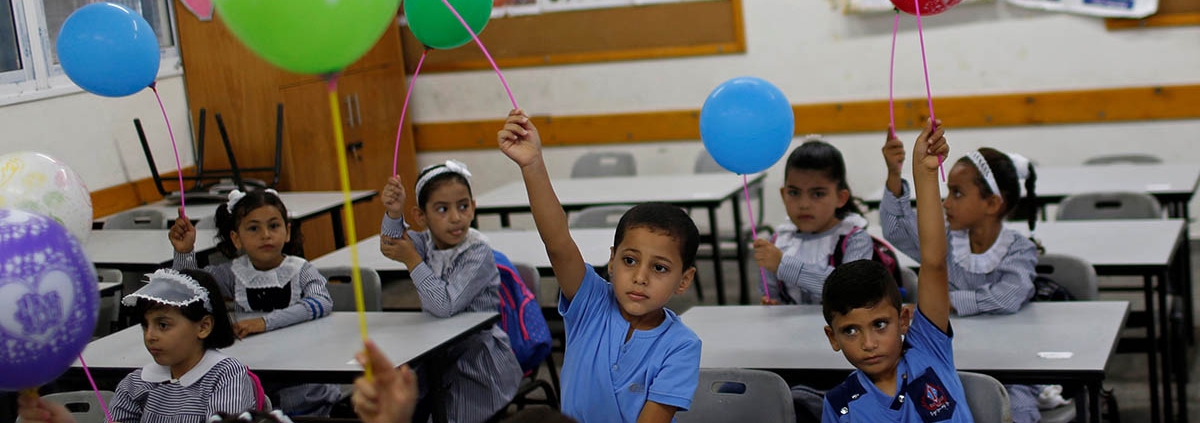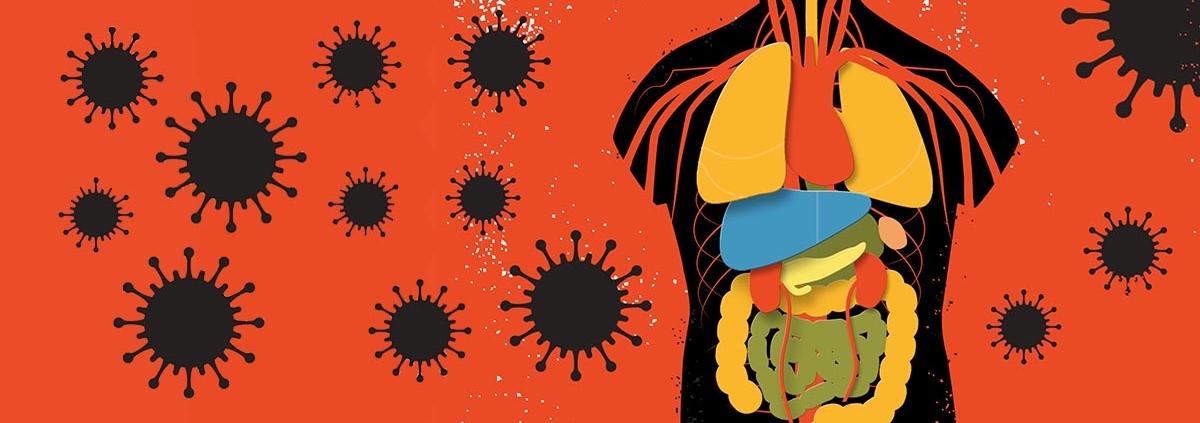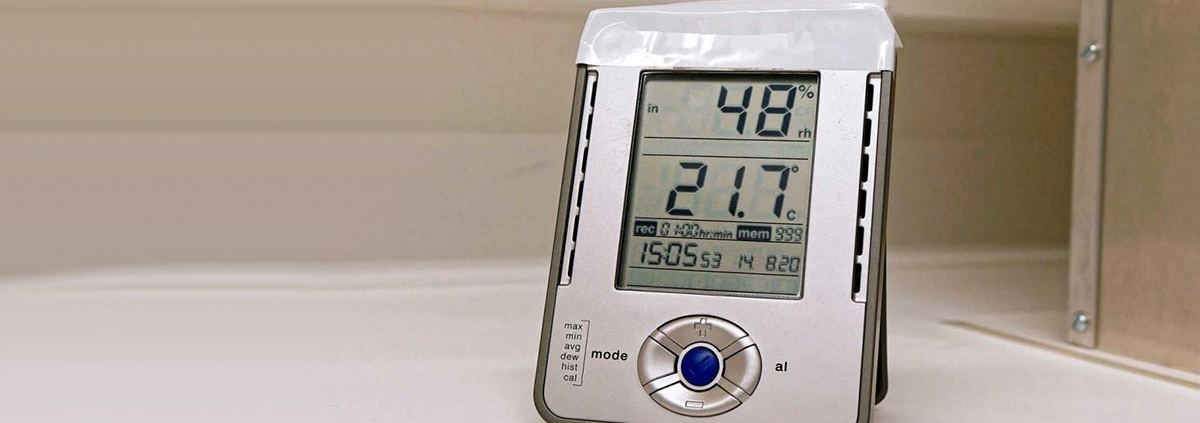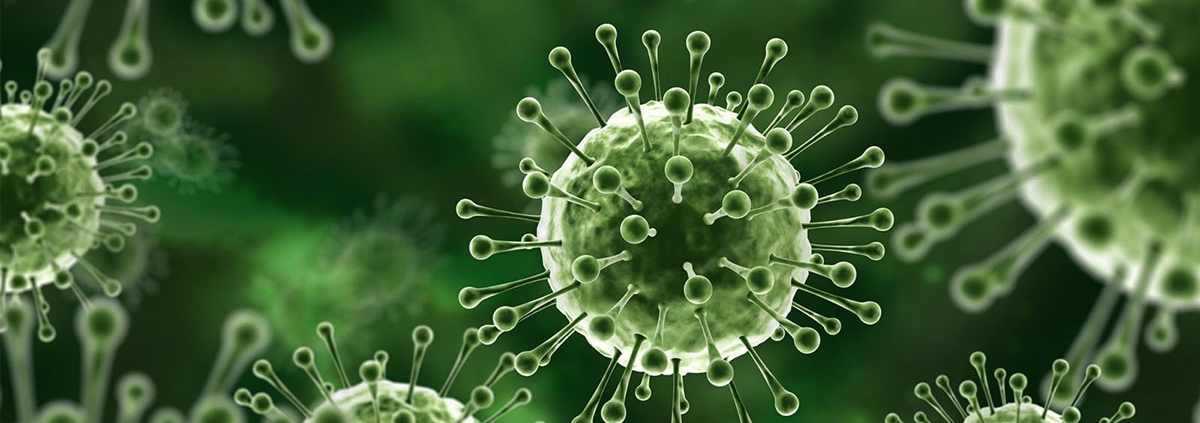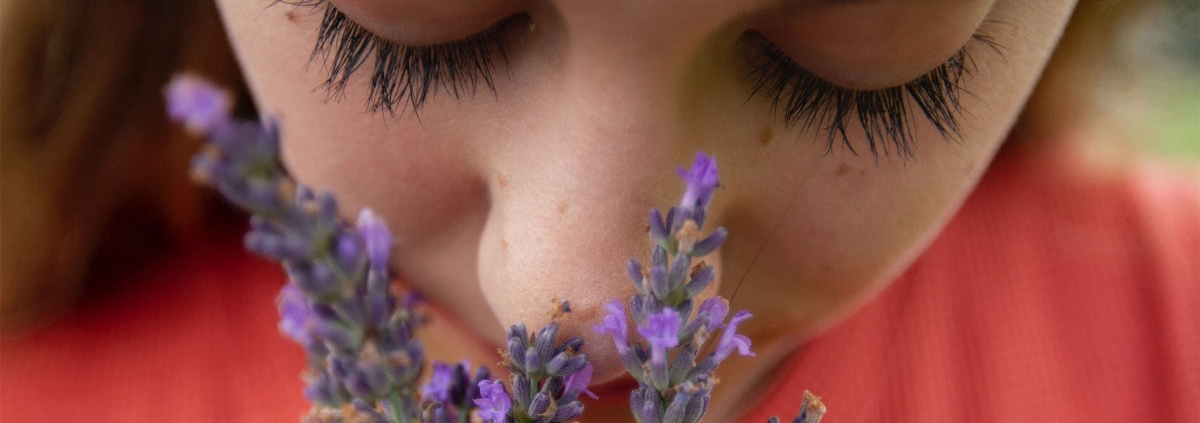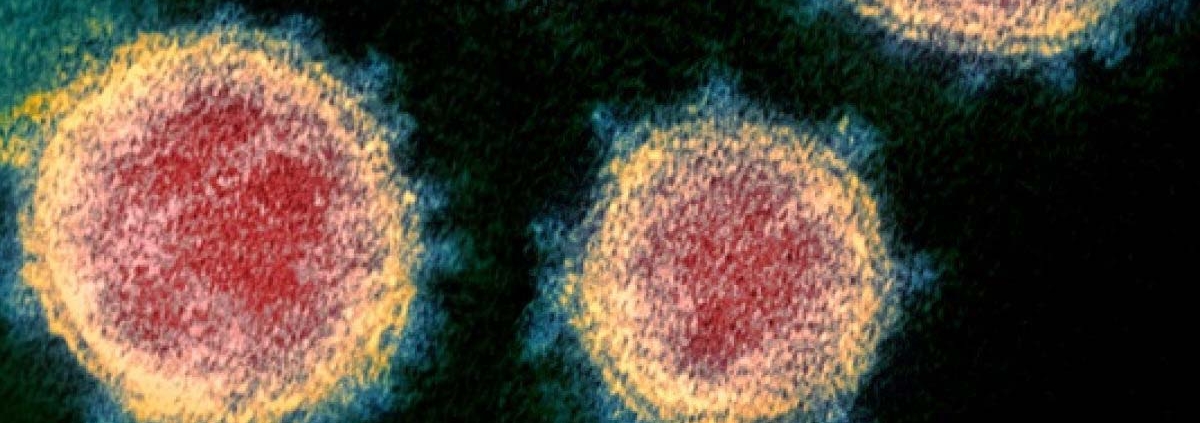The Western lowland gorilla shows a very high risk of being infected by SARS-CoV-2 through its ACE2 receptors according to a new genomic study from UC Davis.
Humans are not the only species facing a potential threat from SARS-CoV-2, the novel coronavirus that causes COVID-19, according to a new study from the University of California, Davis.
An international team of scientists used genomic analysis to compare the main cellular receptor for the virus in humans — angiotensin converting enzyme-2, or ACE2 — in 410 different species of vertebrates, including birds, fish, amphibians, reptiles and mammals.
Release date: 21 August 2020
Source: University of California – Davis


